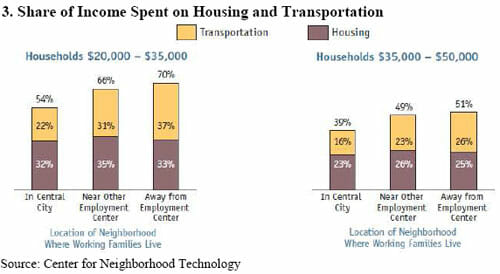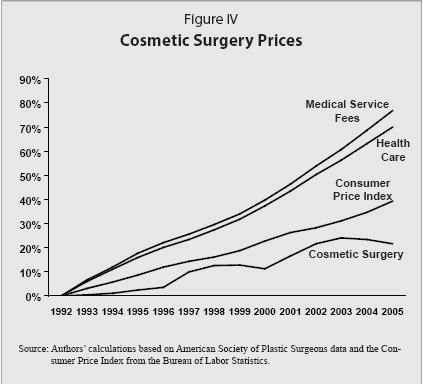I am just looking over a report on "Smart Growth" as the be-all end-all to carbon emissions reductions (and everything good up to and including world peace). I haven't read it in depth, but just skimmed it and had a few thoughts.
First and most interestingly, the entire study is about the effects of "smart growth" but I can find no definition of the term. I have a general idea of what it means -- zoning and land use policies that prevent the physical expansion of cities and strive for increased urban population densities combined with transportion policies that defund roads and highways in favor of mass transit, biking, and walking. But it is odd that a real scientific study of the effects of X can be conducted without making sure everyone is talking about the same X.
Second, as with most such studies, the issue of individual liberties is carefully avoided. Smart Growth is about living in the way planners prefer, not the way you individually might prefer. Discussing the benefits of Smart Growth without once considering the impacts of individual liberty is a bit like blithely proving that killing everyone at the age of 70 will reduce health care costs without once discussing nagging ethical issues with such a plan.
I may do a more in depth debunking of this report (and I can bet Randal O'Tool will do one) but I want to show you one example of the difference between a scientific study and advocacy marketing materials like this one. Here is a chart from page 10 of the report. It is trying to show that higher urban densities will help all of our personal budgets.

First, we can probably assume the numbers here are complete BS. Does anyone really believe that the average family outside the central city making $50,000 or less is spending more on transportation than they are on housing?
But that is almost tangential. The real purpose of this chart is to deal with the number 1 criticism of smart growth -- that by limiting land use and restricting growth and forcing everyone to live in the city center, then housing prices skyrocket (and, by the way, help contribute to bubbles - it is no accident that many of the counties hit hardest by the recent housing bubble collapse are in growth managed counties).
This chart is meant to refute this by saying - see, housing in the center city is not more expensive -- the average person spends just as much on housing in the city as in the suburbs. But hopefully you see the flaw -- what do they get for that money? It may well be that for people $35,000 a year and under, the amount they can spend on housing is capped by other expenses they have, such that 1/3 of the total is about what they have to spend. But this does not mean that people in the center city are just as well off as people outside of it. It is very likely the suburban folks are getting far more for their money. After all, people are rational, and if they really are spending so much more money for transportation to live in the suburbs, there probably is a good reason.
Postscript: It would also be interesting to know what the rest of the spending pie does from urban to suburban. My guess is that folks living in city centers making less than $35,000 are not saving a ton - so where is all that "found" money going they are supposedly not spending on transit. Could something else be more expensive in the city than in the suburbs? Does anyone really believe it is cheaper to live in the city center than out in the suburbs for equivilent quality of life. Sure, there are reasons to live in the city, and for some people's preferences it represents a better quality of life. But not a cheaper one.
Postscript #2: In fact, the best single critique of all the smart growth analysis that purports to show that people will be better off when the planners intervene is "If so, then why are they not pursuing their own rational self-interest today?" Smart Growth folks will say it is due to lack of choice, but that is silly -- if people want it, someone is going to make money giving it to them. The only exception might be publicly supplied goods, particularly transportation. I am sure there is a huge demand for having an expensive rail line run from one's house to one's business with low fares subsidized by other people, but I am not sure this is a realistic good to promise.






